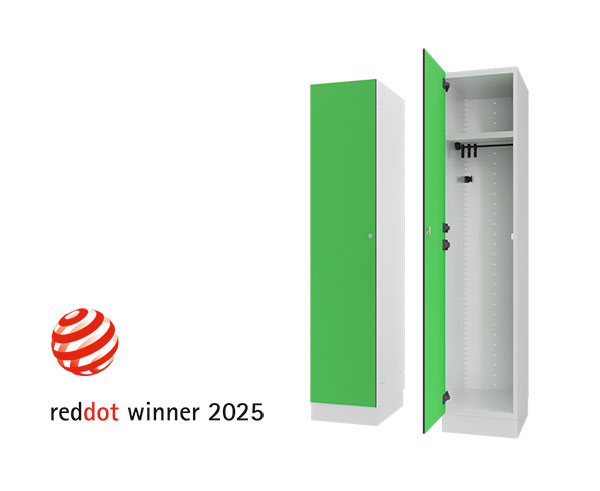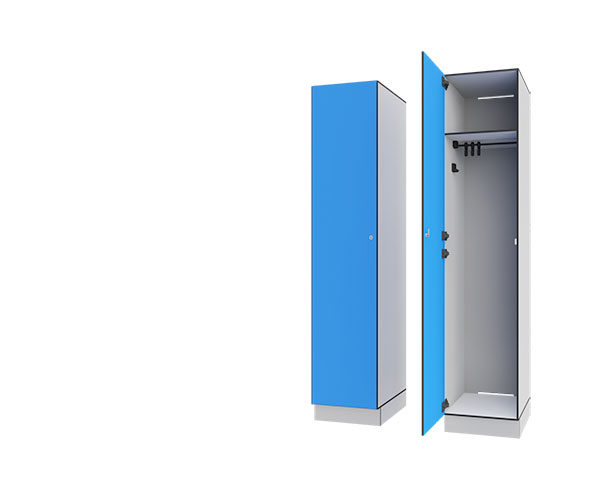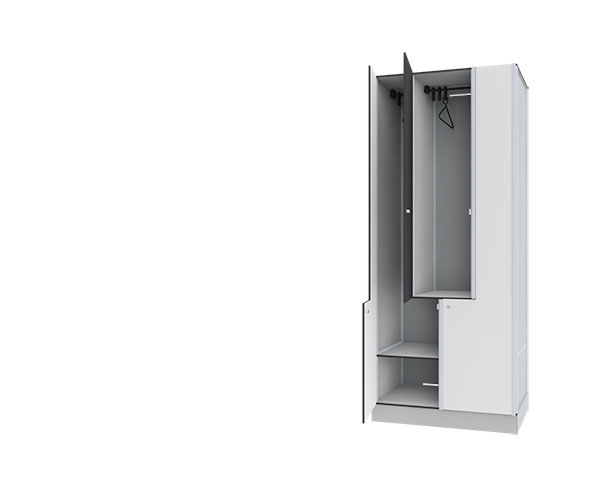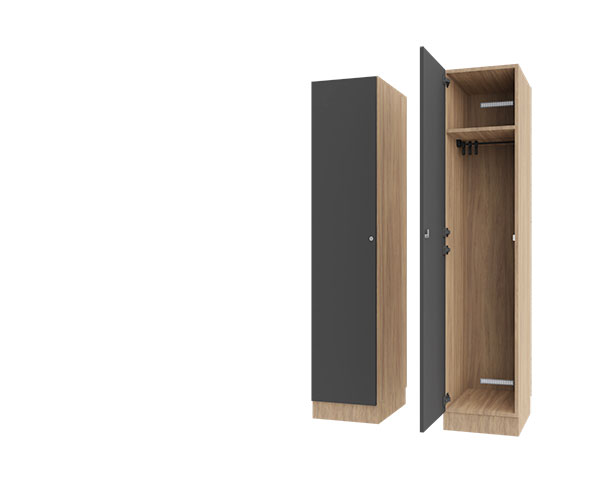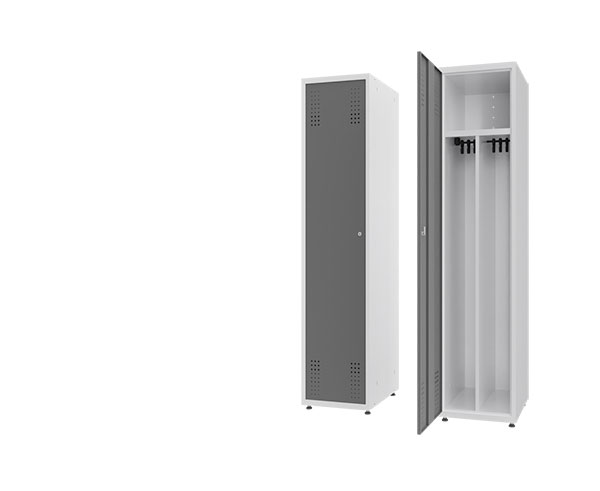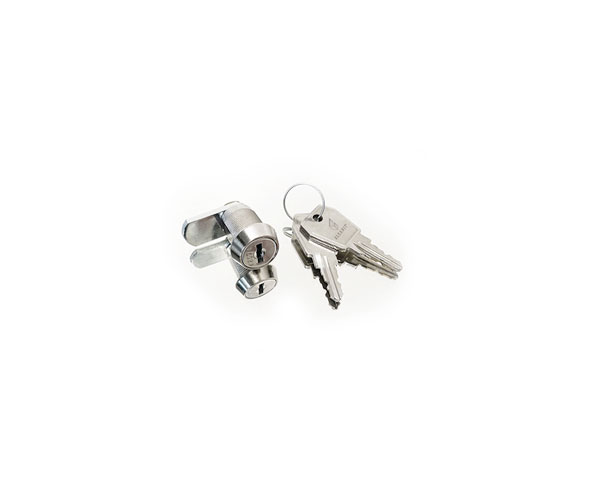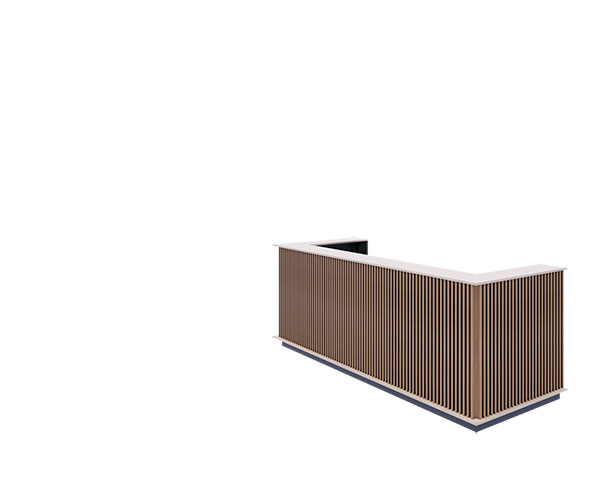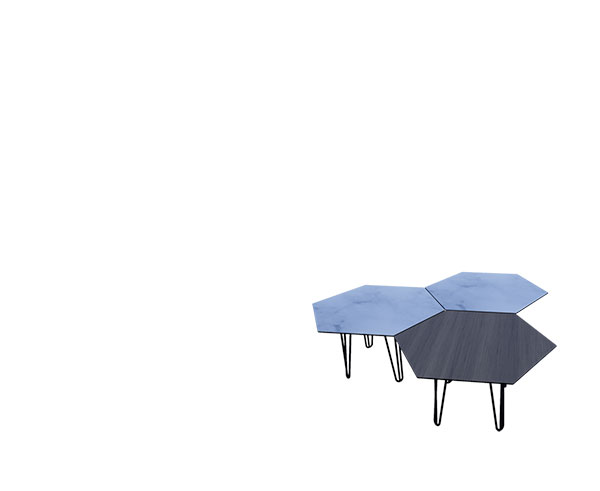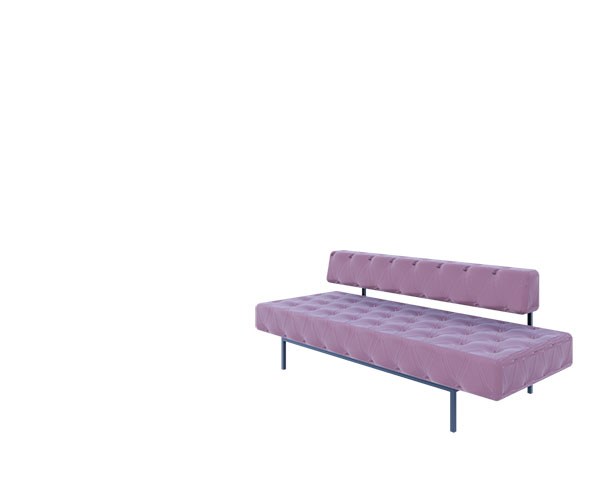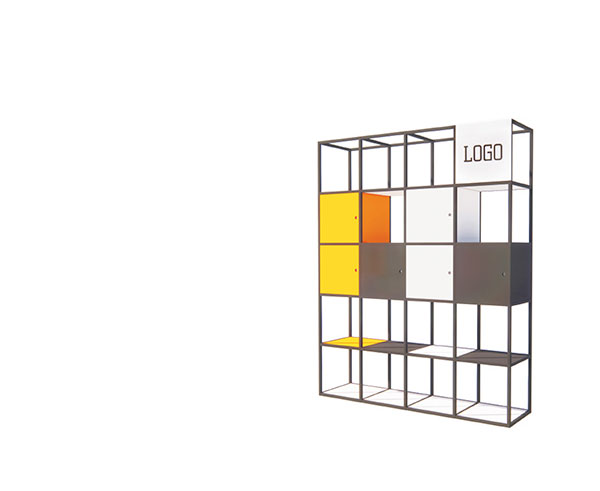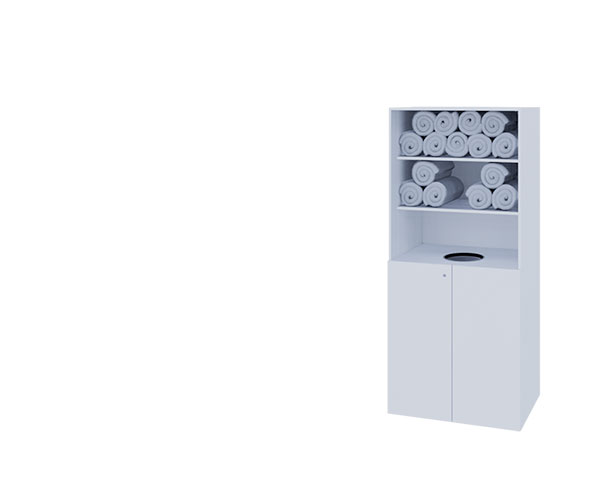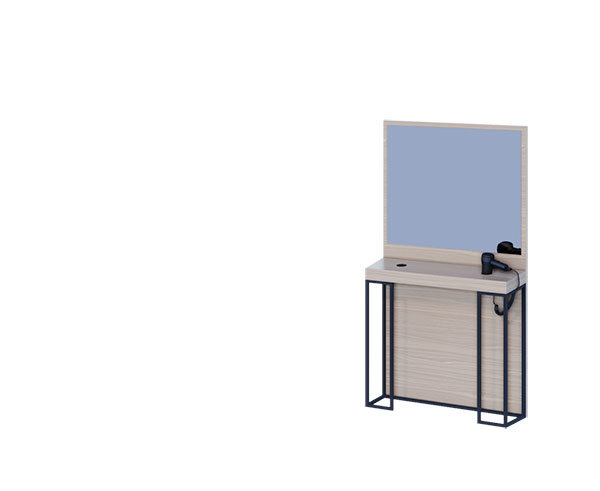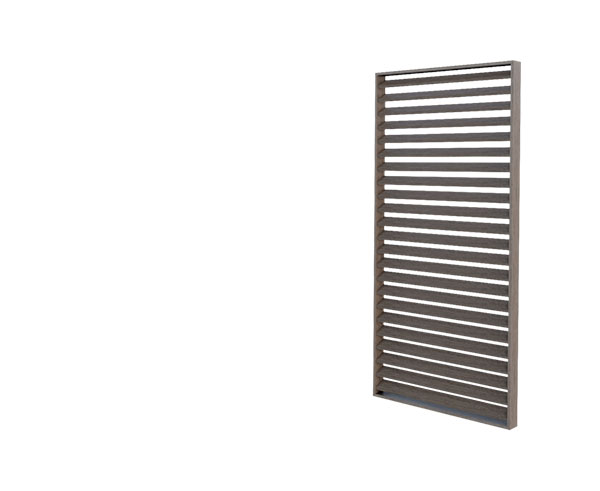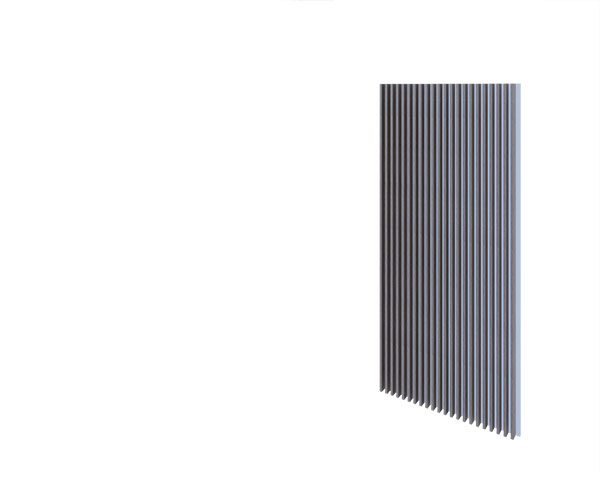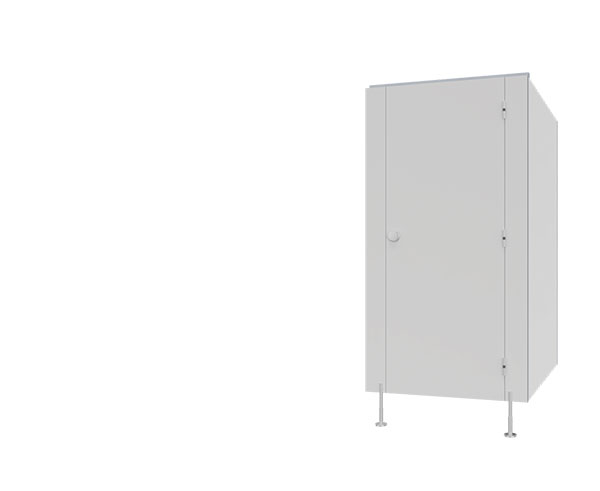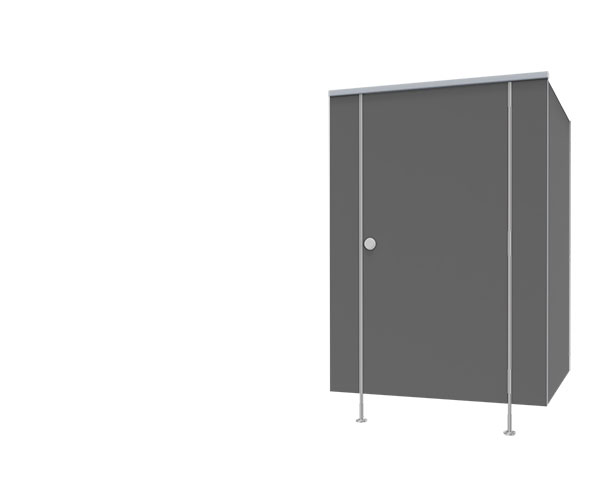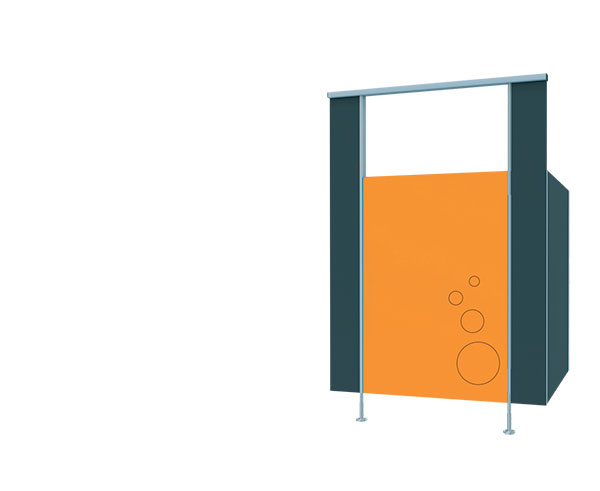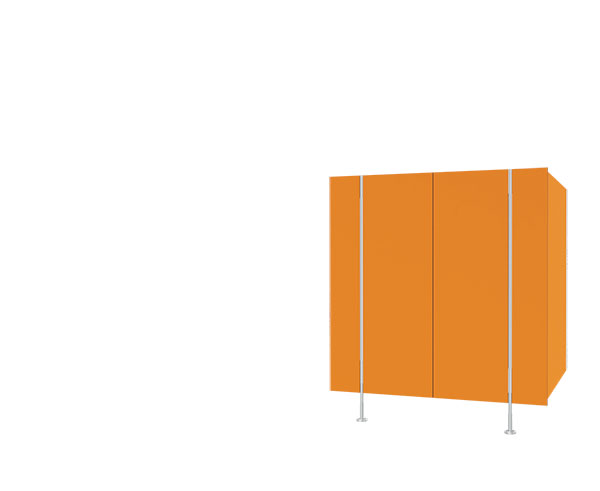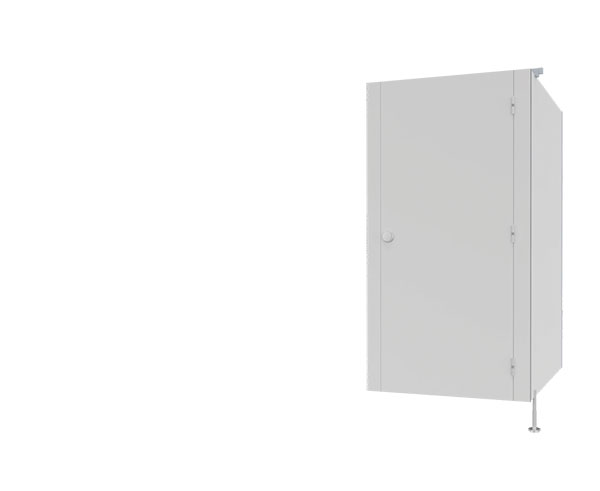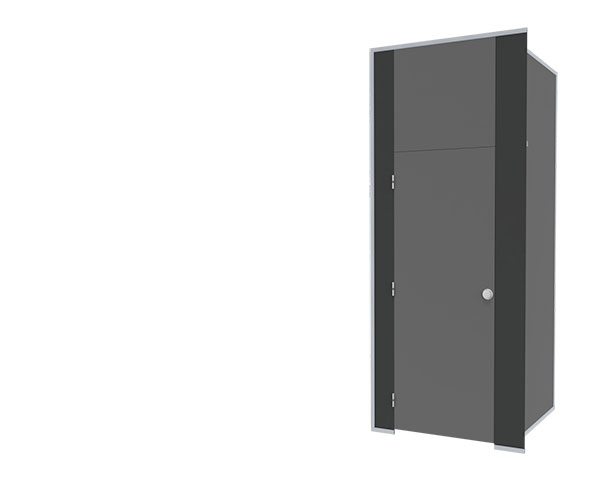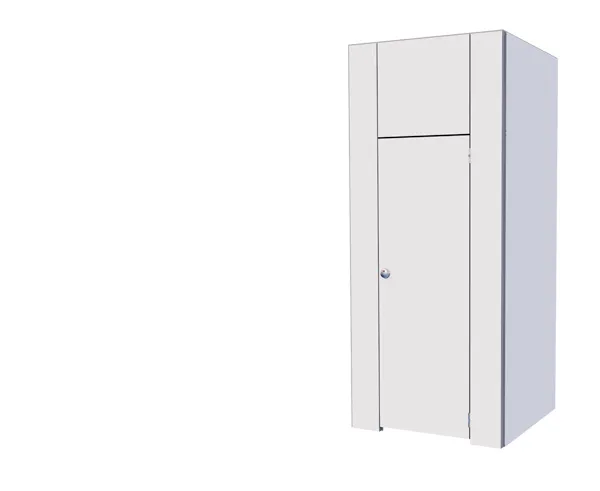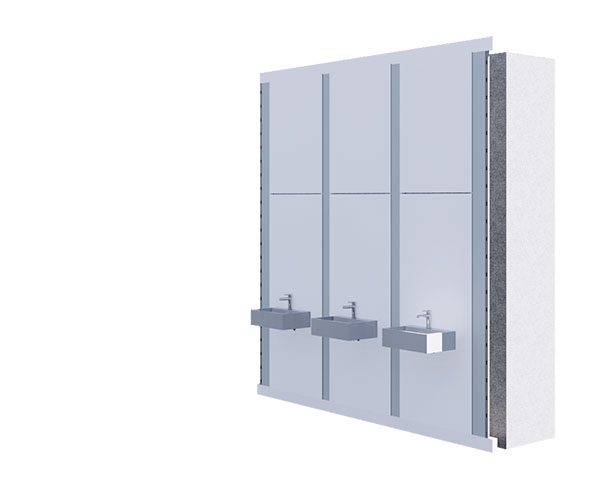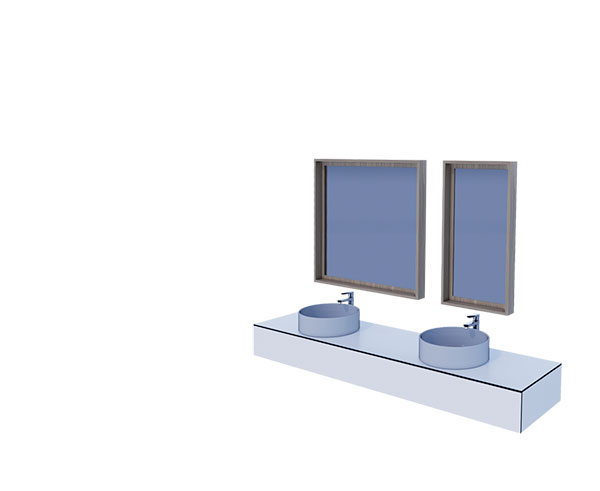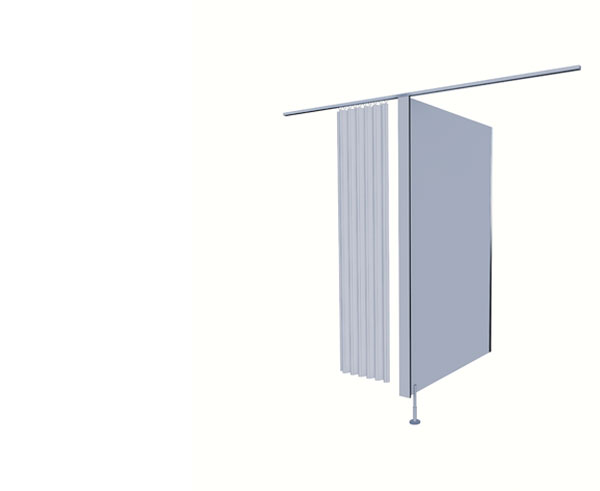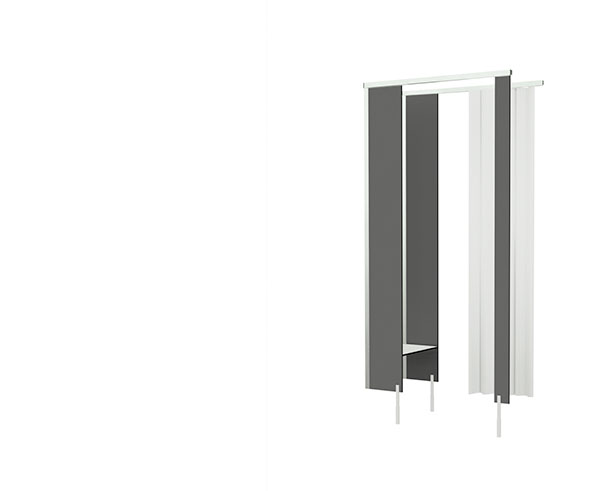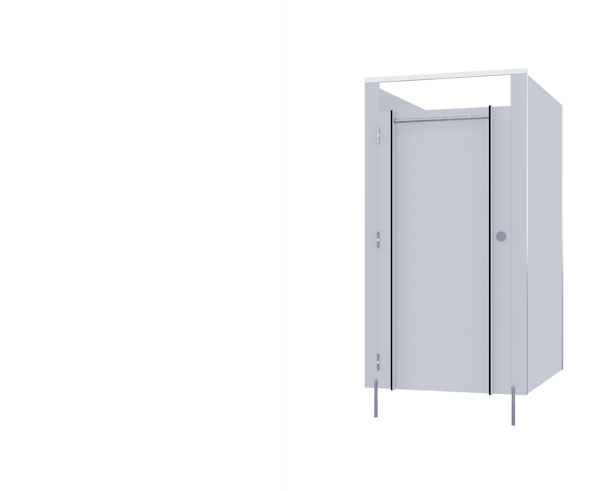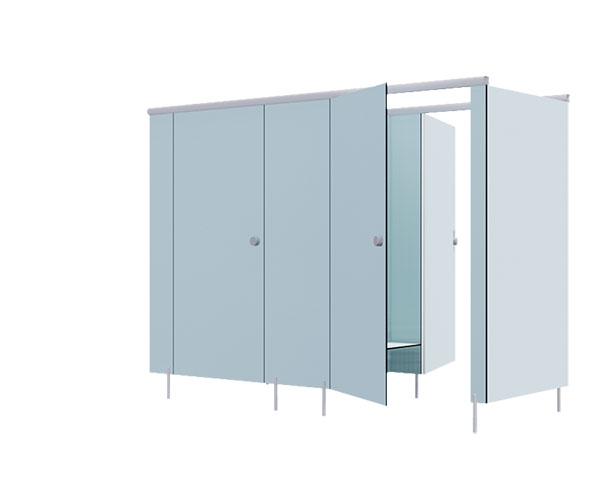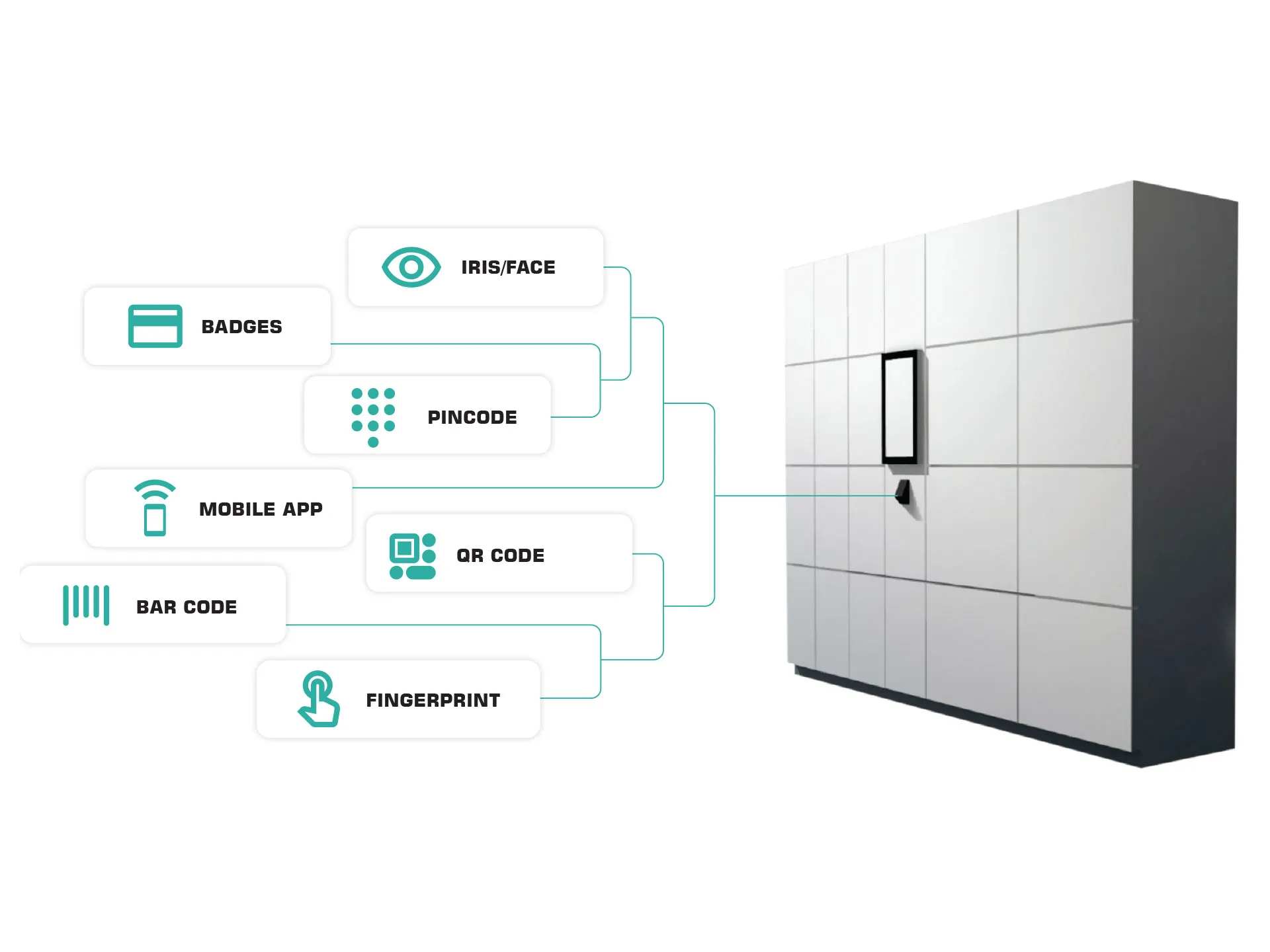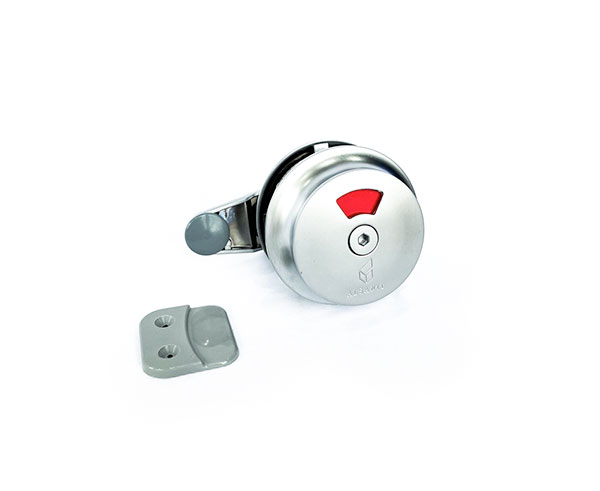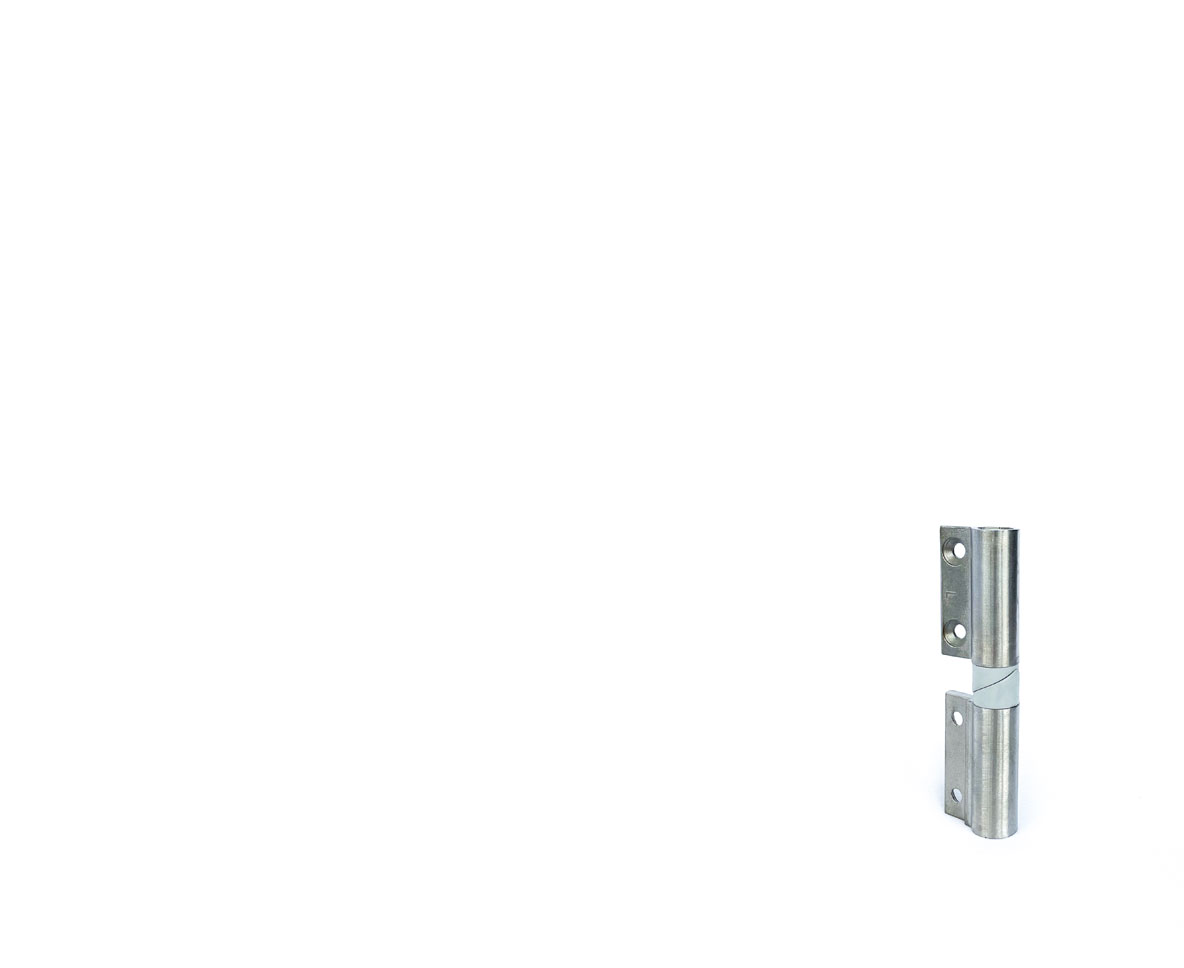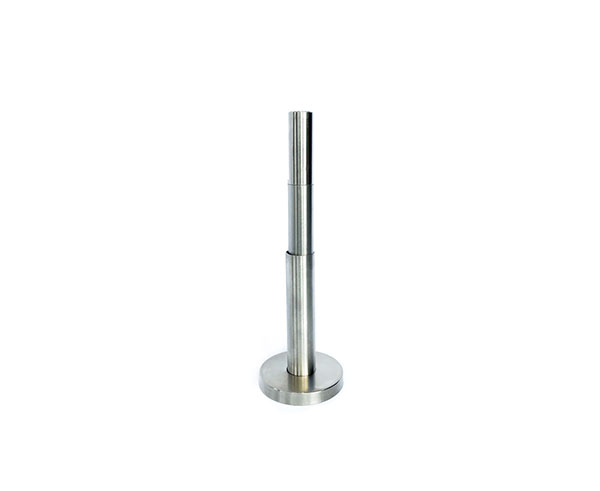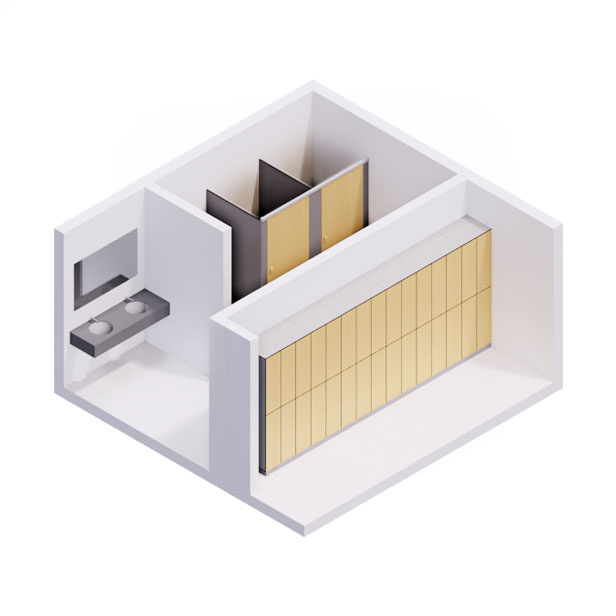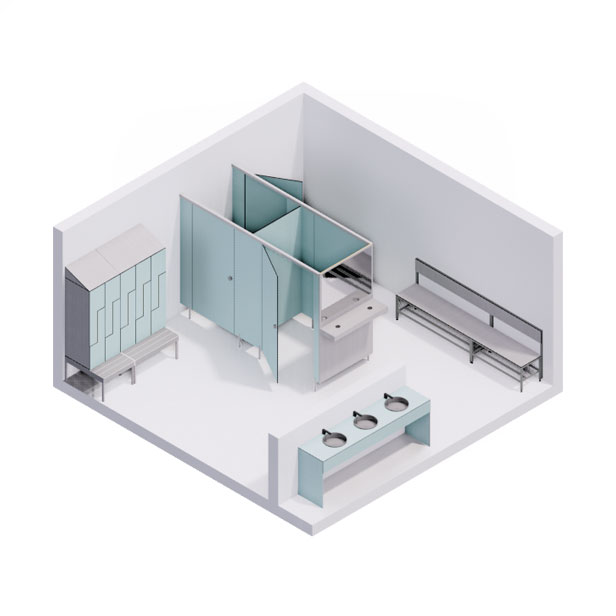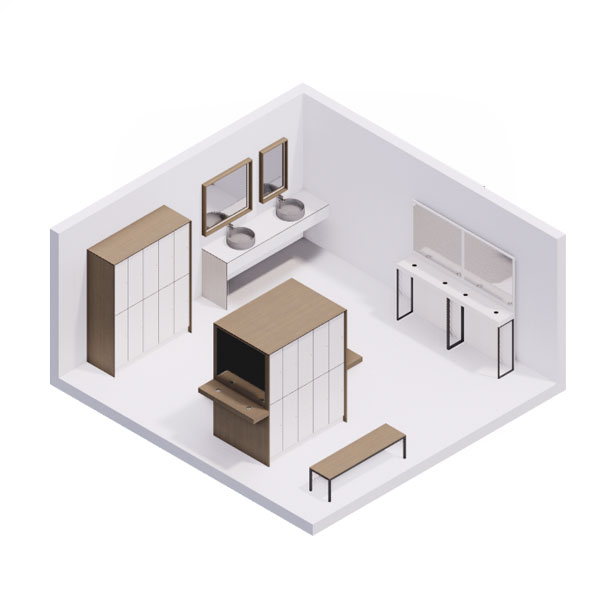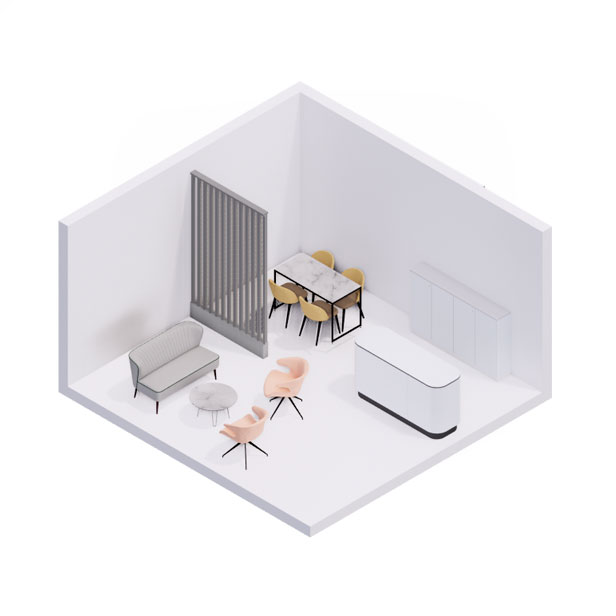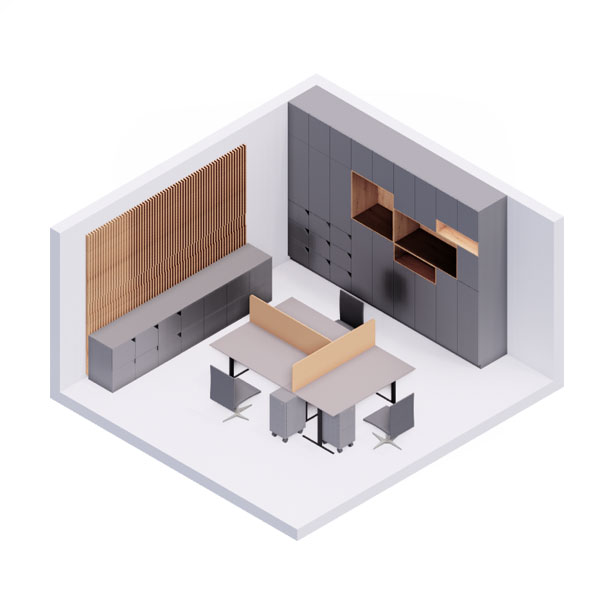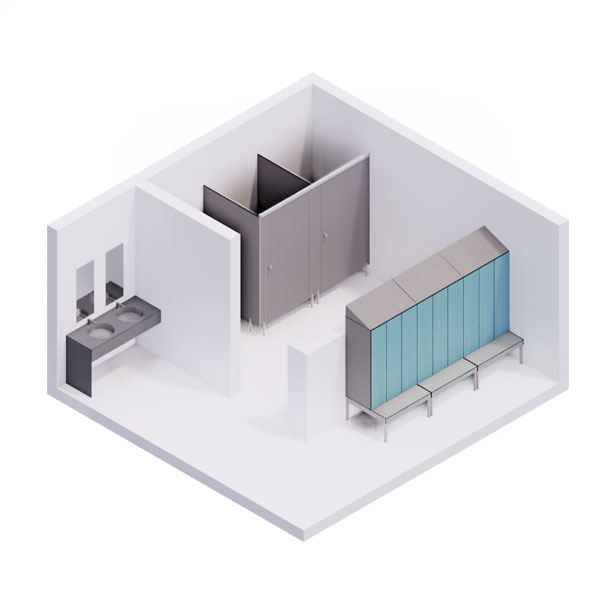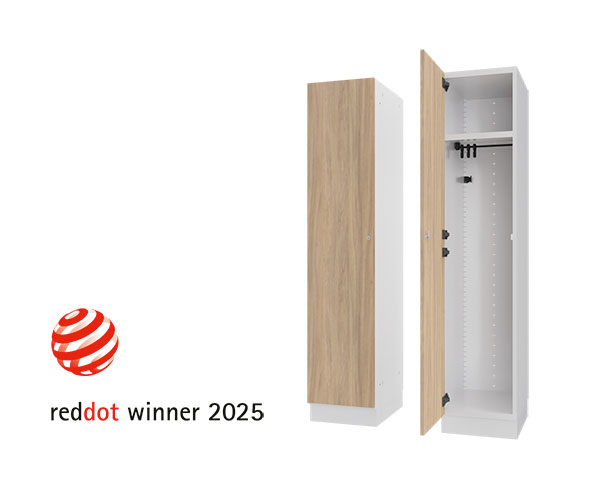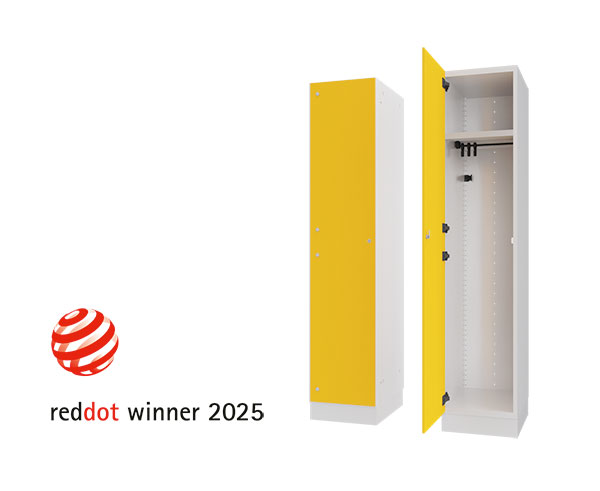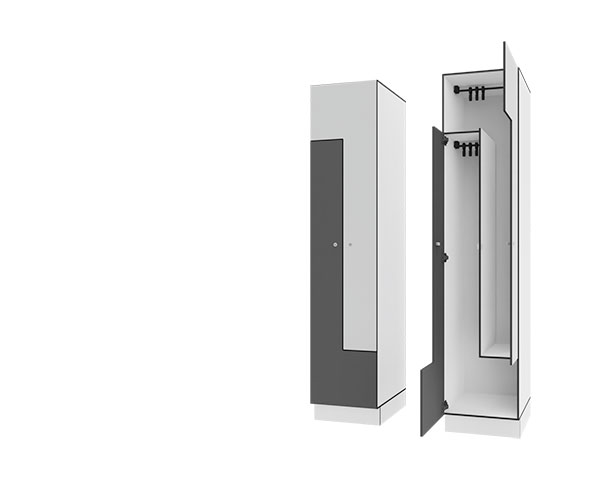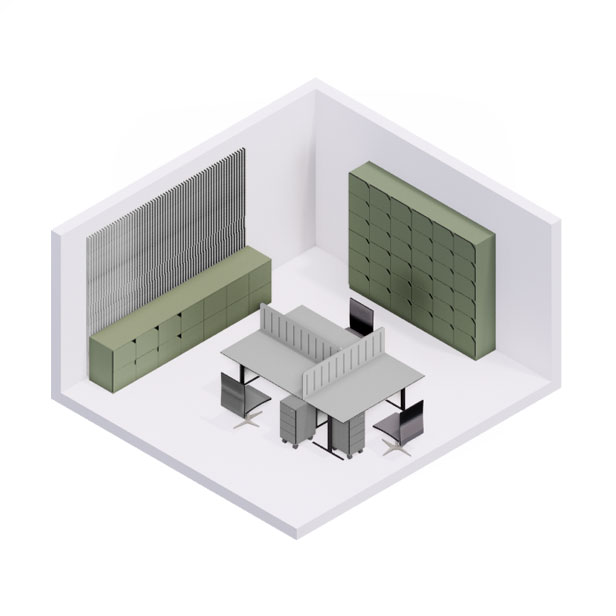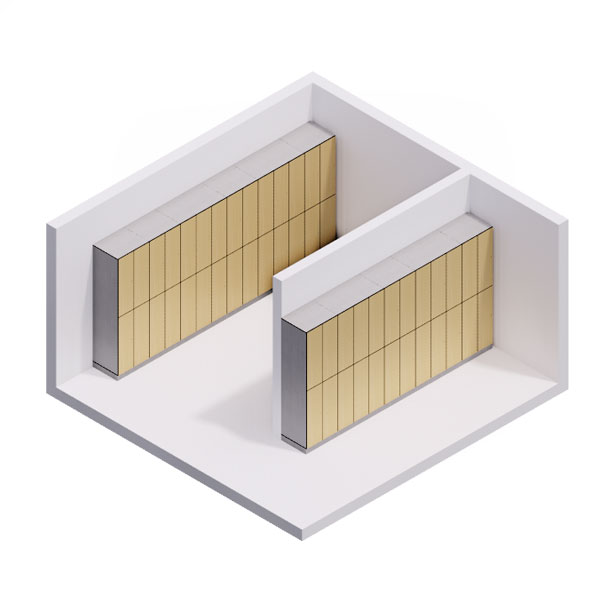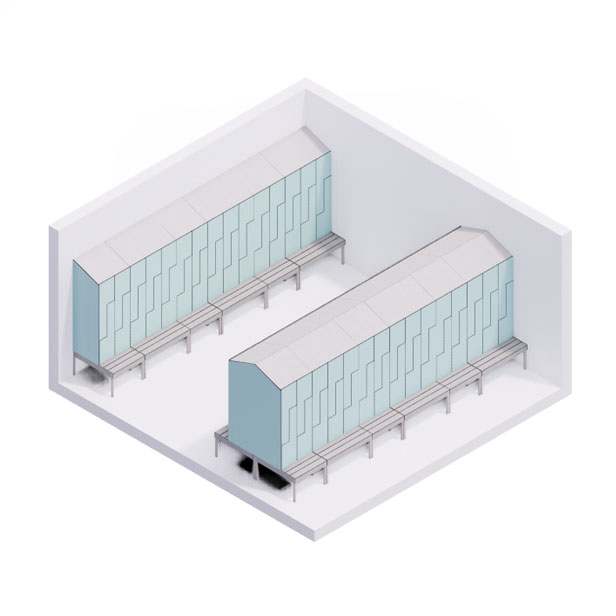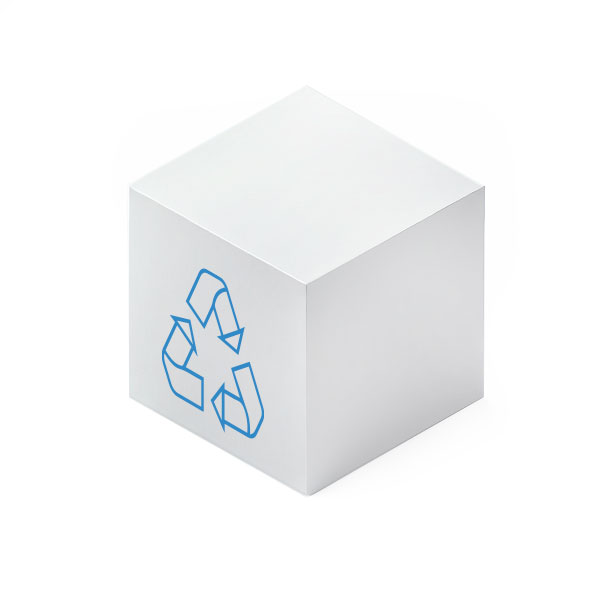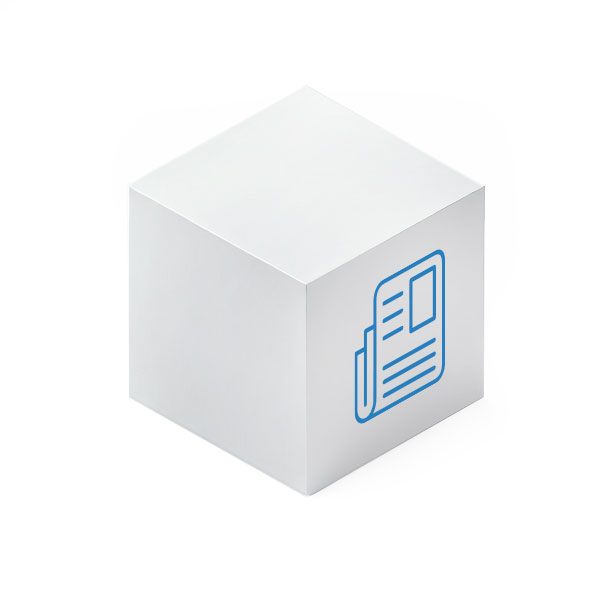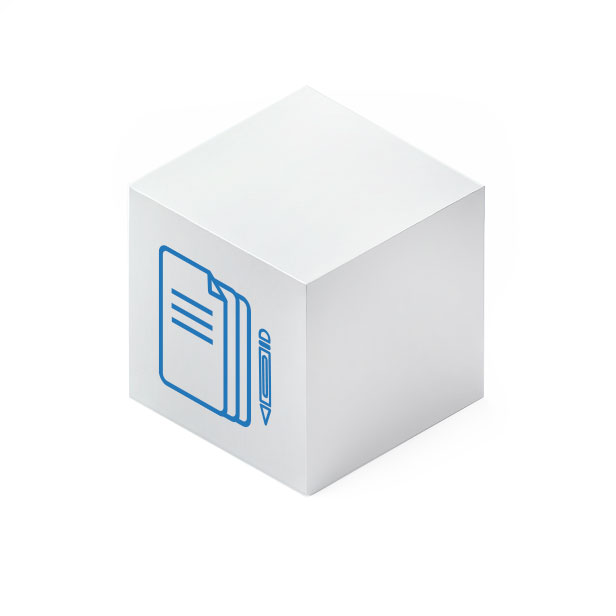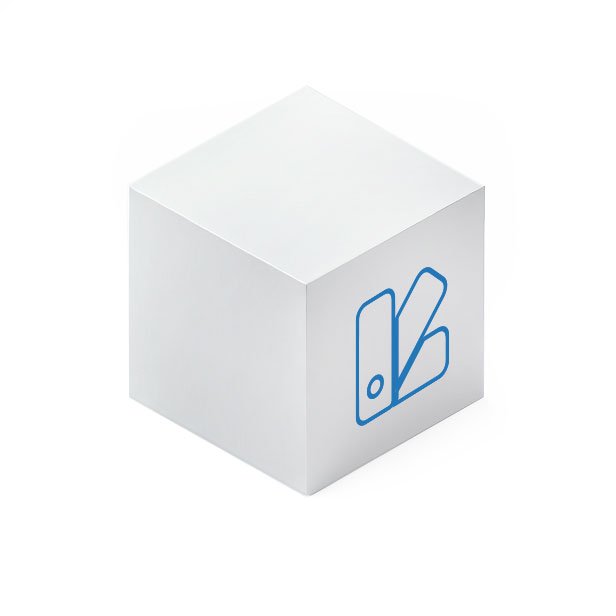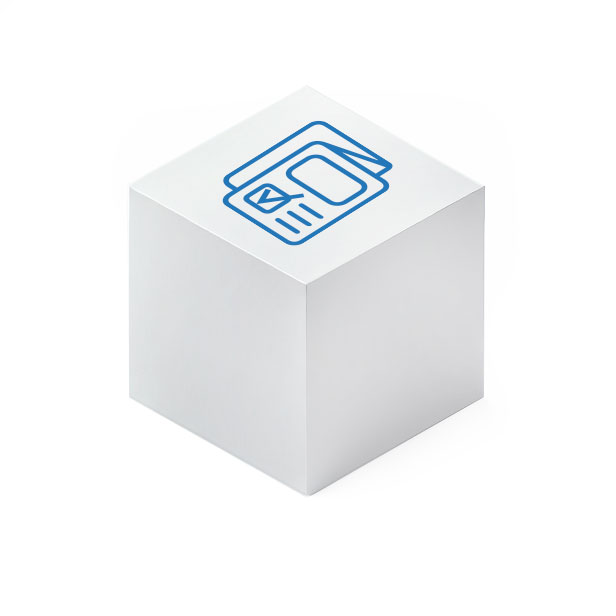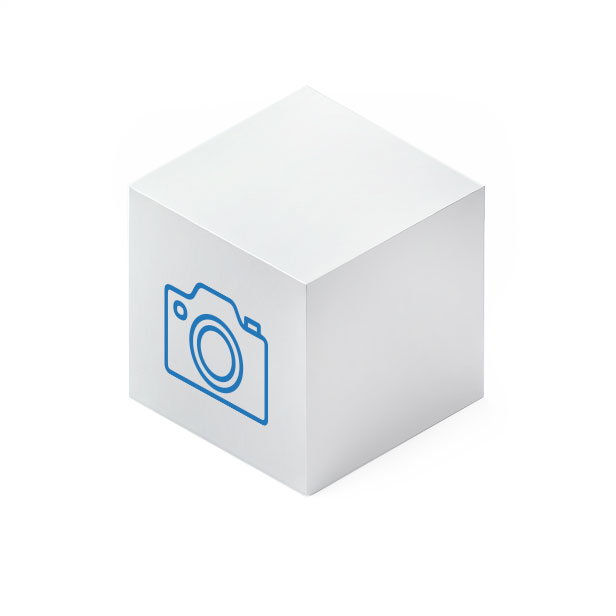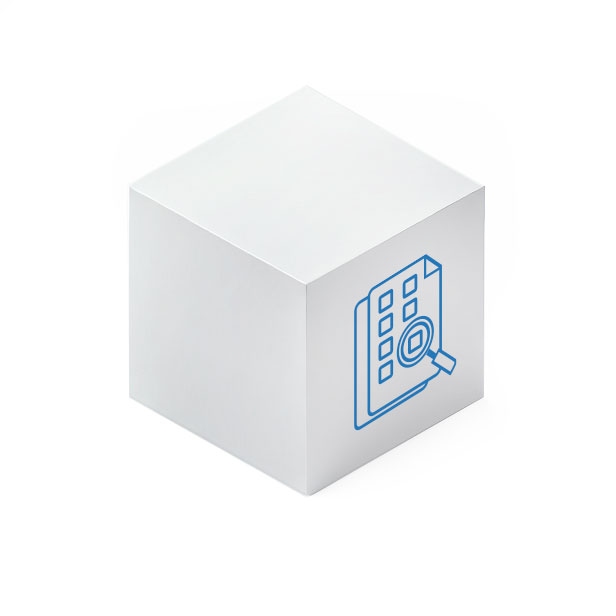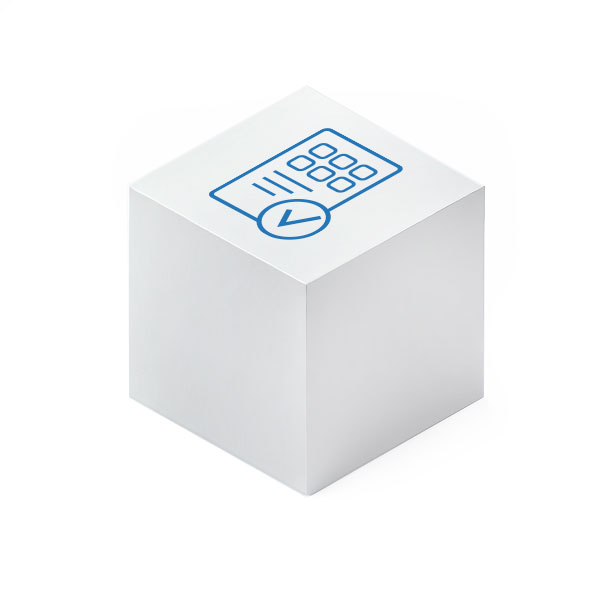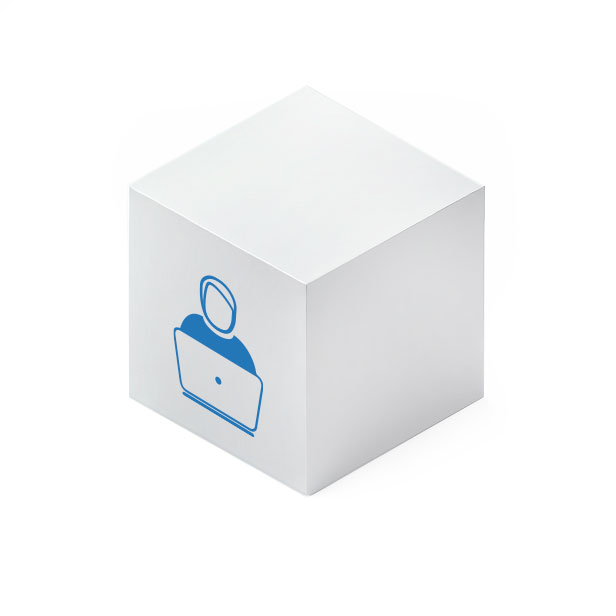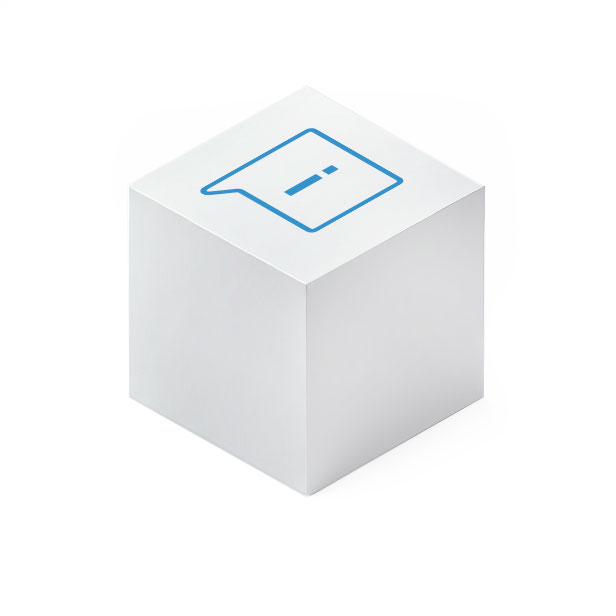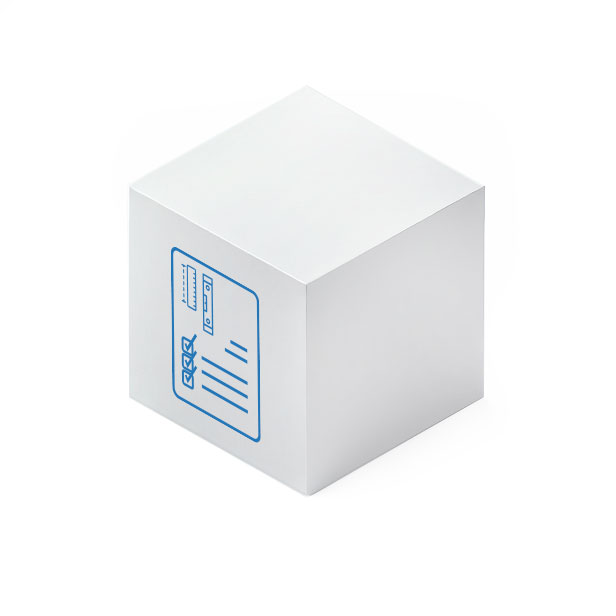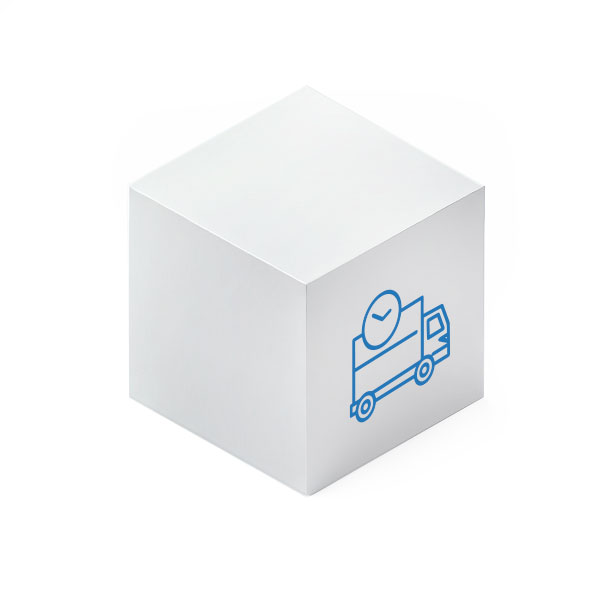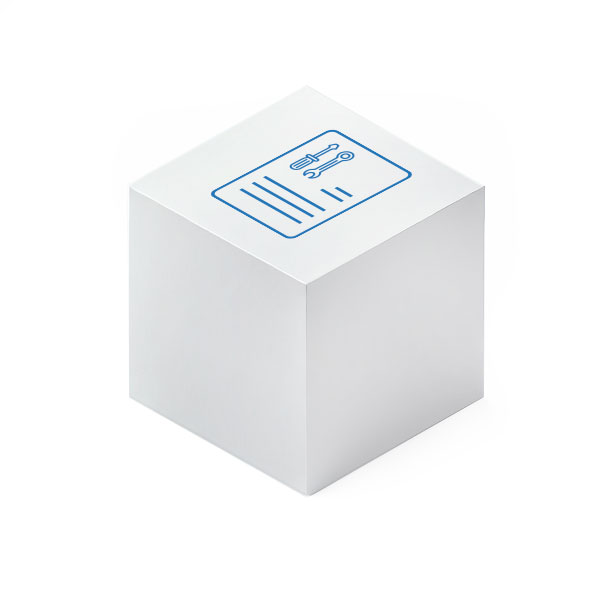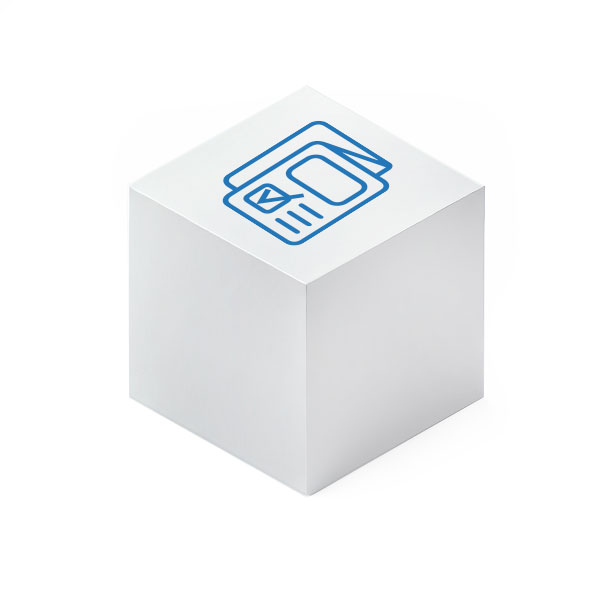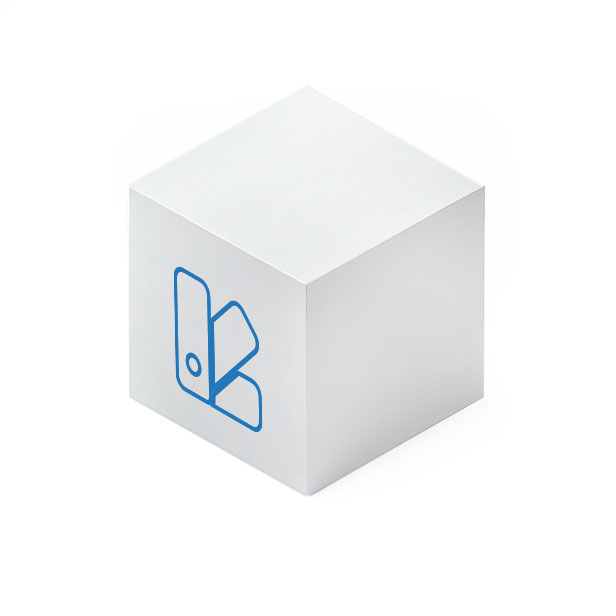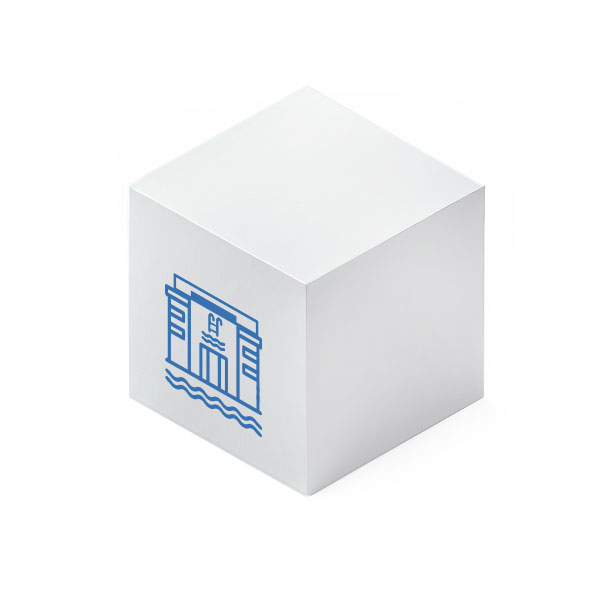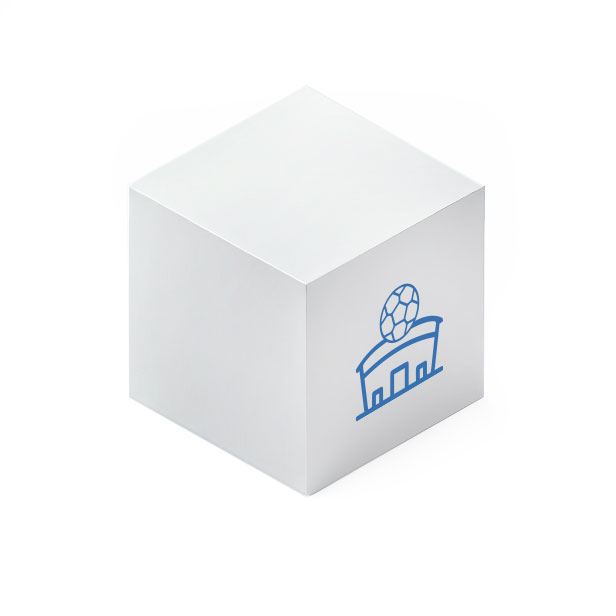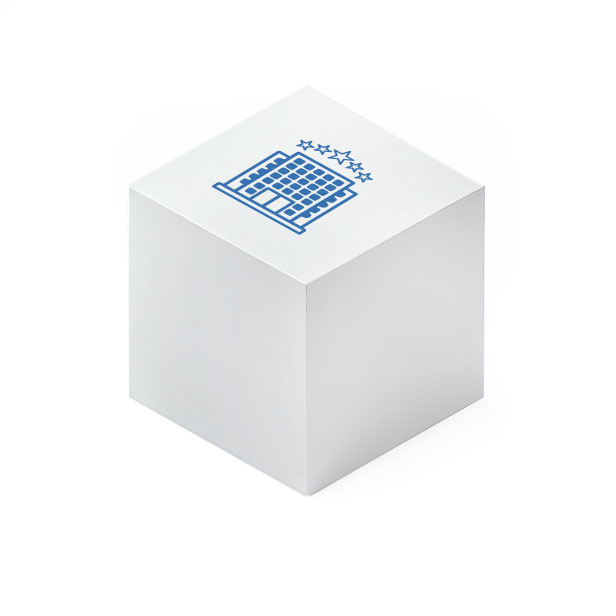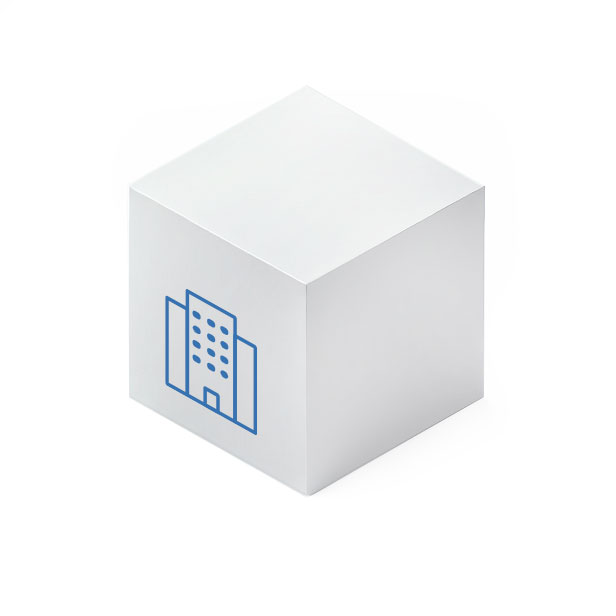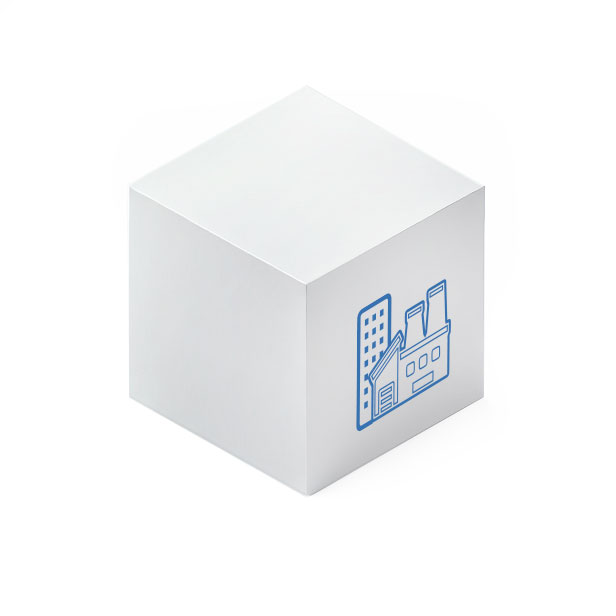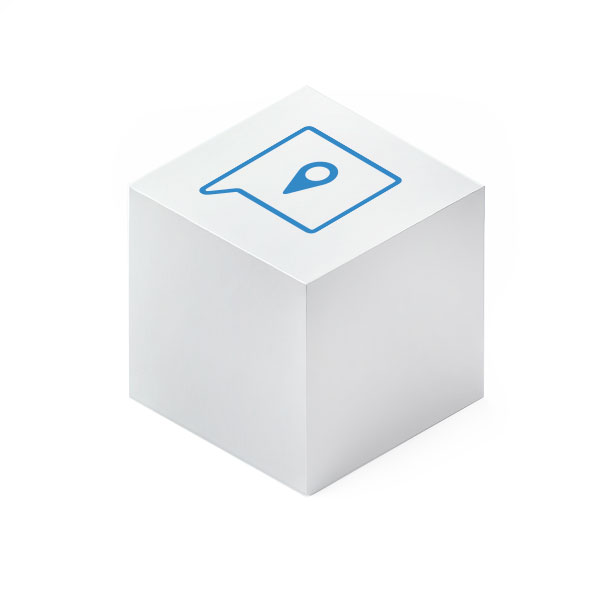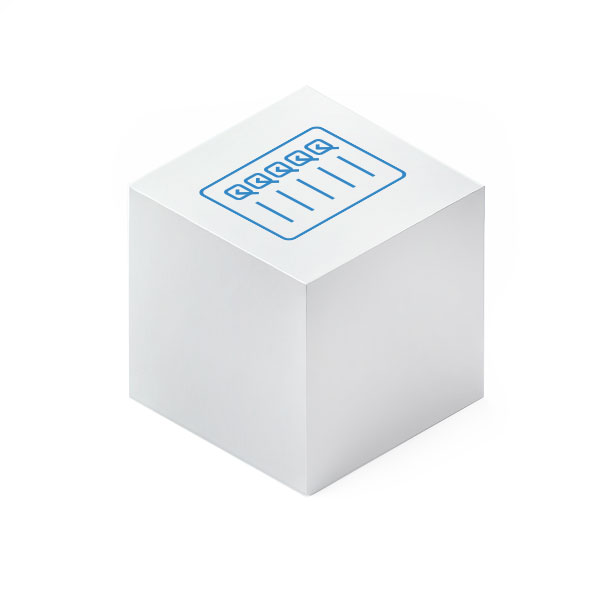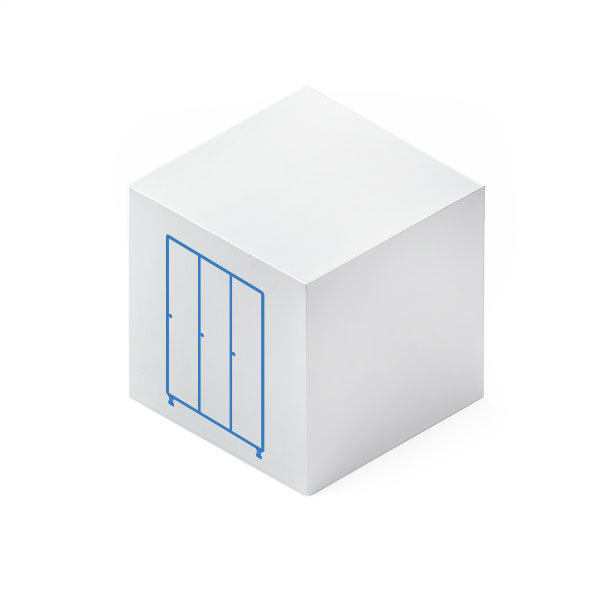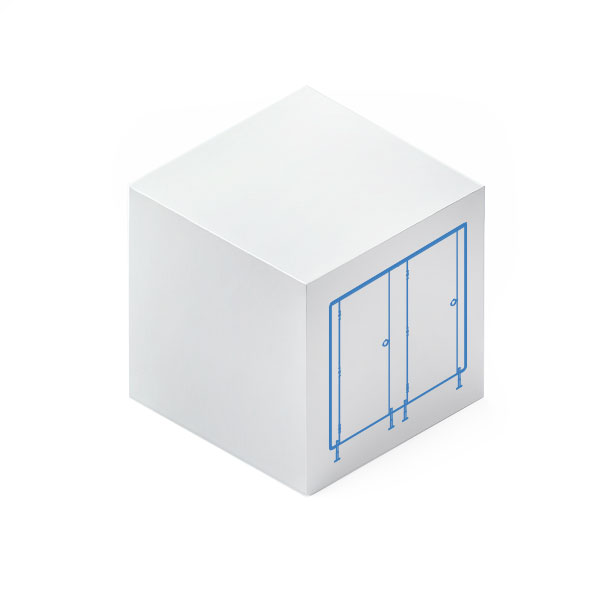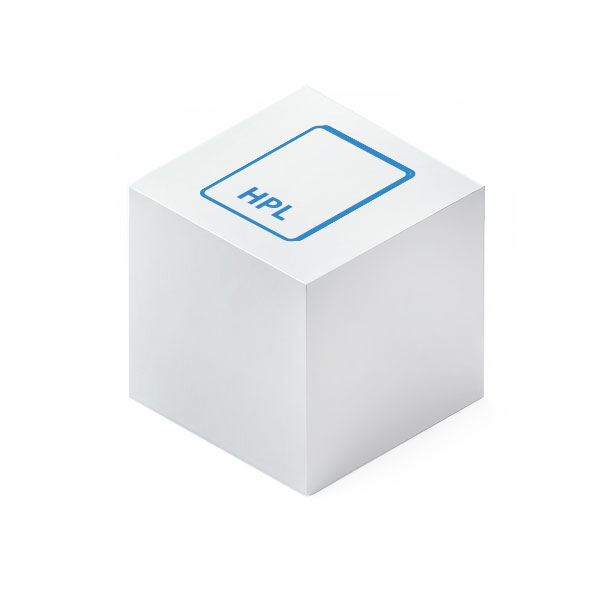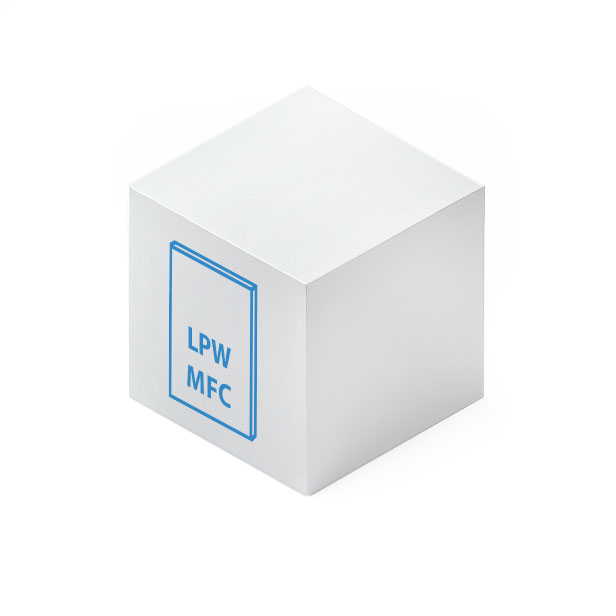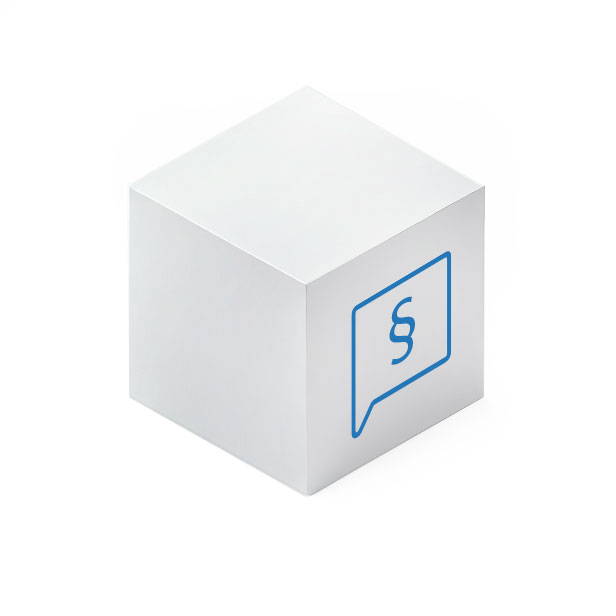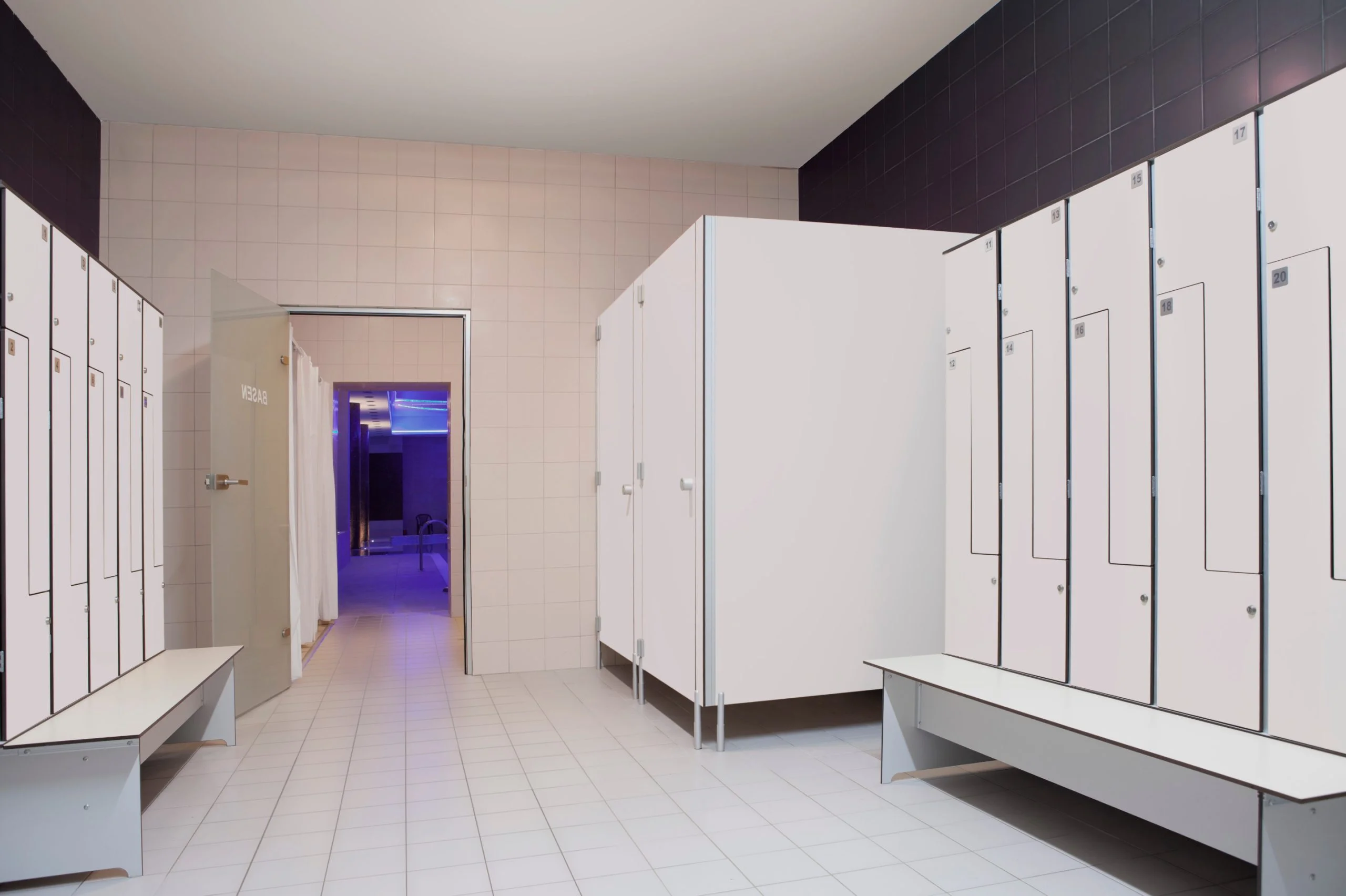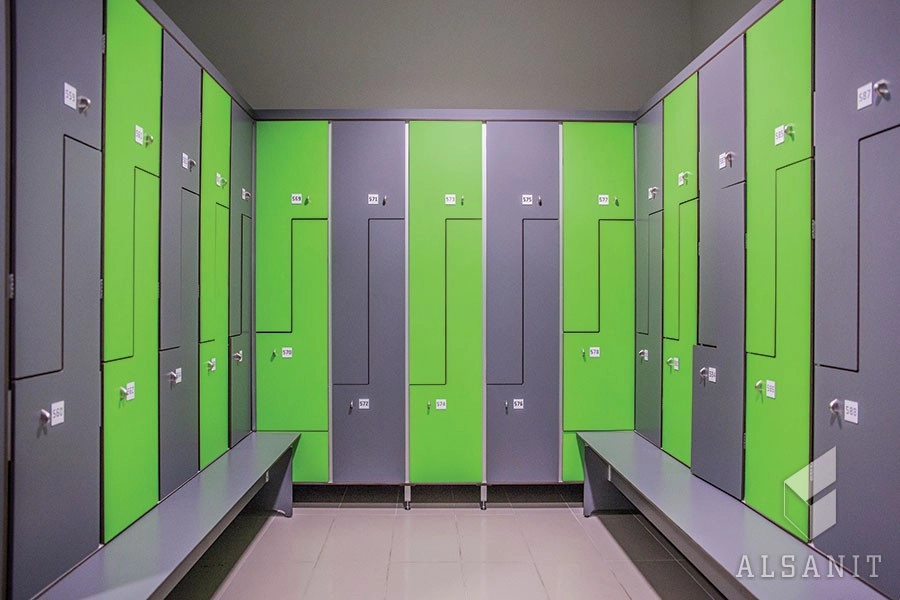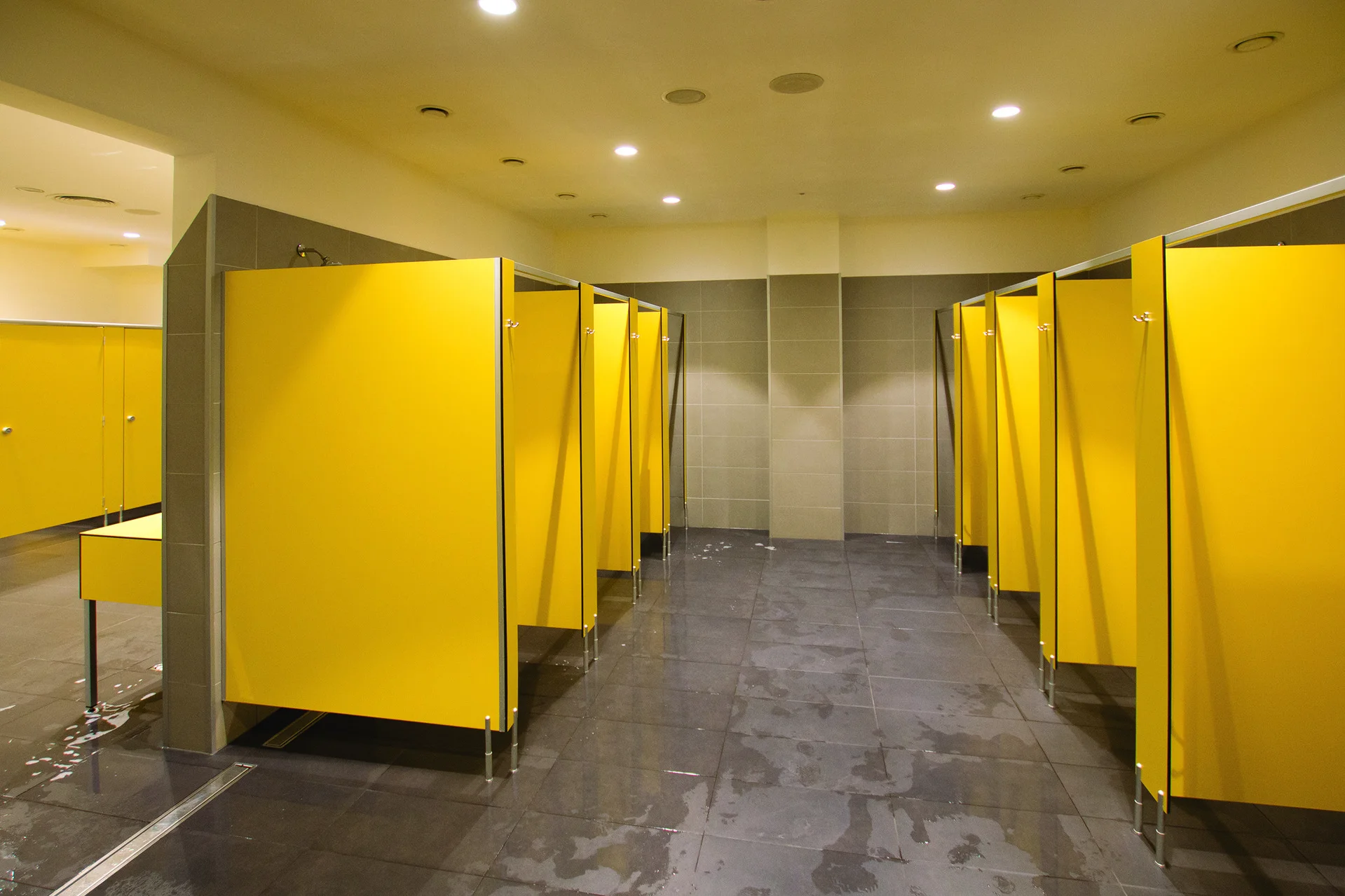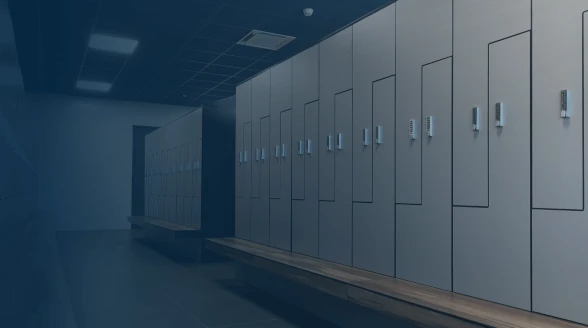What should a locker room for the disabled look like?
For people with disabilities, grappling with architectural barriers is a daily occurrence. Although many projects include wheelchair accessibility, the urban landscape still leaves much to be desired in terms of accessibility for citizens with mobility difficulties. In contrast, is the situation regulated in public buildings and workplaces? Find out what conditions a disabled changing room must meet in places such as swimming pools or employee locker rooms.
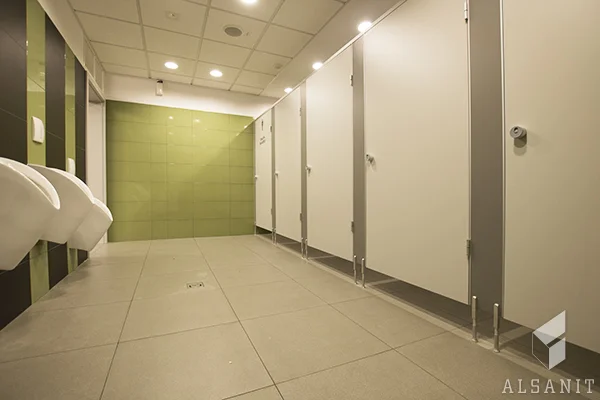
Requirements at the locker room for people with disabilities
Adaptation of the workplace to the needs of wheelchair users is not only due to the goodwill of the employer. If he employs people with disabilities, according to § 48 of the Ordinance of the Minister of Labor and Social Policy of September 26, 1997 on general regulations of occupational safety and health: he should ensure that workplaces and accesses to them are adapted to the needs and capabilities of these employees, resulting from reduced dexterity.
In addition, § 5 of Appendix 3 to the Regulation indicates that an employer who employs employees with disabilities should ensure that hygienic and sanitary facilities and accesses to them are adapted to the needs and capabilities of such employees resulting from reduced dexterity, in accordance with technical and construction regulations.
According to § 76 of the Regulation of the Minister of Infrastructure of April 12, 2002 on the technical conditions to be met by buildings and their location, hygienic and sanitary rooms include. locker rooms and changing rooms. They must therefore be adapted to the needs of wheelchair users, if used by them. The specific conditions it must meet are described in § 86(1):
In a building on floors accessible to persons with disabilities, at least one of the public hygiene and sanitation facilities should be adapted for such persons by:
- Provide maneuvering space of at least 1.5 × 1.5 m;
- The use of doors without thresholds in these rooms and on the access route to them;
- installation of a suitably adapted, at least one toilet bowl and washbasin, as well as one shower, if such facilities are envisaged in the building due to its purpose;
- Installing handles to facilitate the use of hygienic and sanitary facilities.
An important provision from the point of view of the safety of wheelchair users in the decree of the Minister of Infrastructure is § 302(3): in a room intended for the collective stay of children and disabled persons, covers must be placed on central heating radiators to protect them from direct contact with the heating element. Thus, this requirement must also be met by a changing room adapted to wheelchairs.
Locker room for people with disabilities – practical tips
The above regulations make it clear that the room to be used by people with disabilities should meet the requirements stipulated by law. However, this does not mean that this locker room or changing room is intended only for them. Nevertheless, it is a recommended and often used solution to provide employees or customers of swimming pools and other public facilities with the necessary intimacy and safety. After all, women’s pool changing rooms are not infrequently full of running children who can, inadvertently, pose a danger to a person who has difficulty moving around independently. It is also important that a caregiver be able to enter the disabled changing room.
Next to employee or pool locker rooms, there are usually sanitary facilities with washrooms and shower stalls. When allocating this installation for people with mobility difficulties, it is also necessary to comply with § 302 (4): in buildings intended for the collective residence of children and people with disabilities, hot water installations should use thermostatic mixing valves with a maximum temperature limitation of 43oC, and shower installations to 38oC, to prevent scalding.
Equipment of locker rooms for the disabled
However, simply adjusting the size of the locker room to accommodate wheelchairs is not enough. It still needs to be provided with adequate access in the form of a ramp or elevator. In addition, it is important to equip hygiene and sanitary facilities.
For a person who uses a wheelchair or has another type of disability related to reduced mobility, comfort and intimacy in the changing room is important. To provide her with this, it is worth investing in partitions with a separate shelf and a section that allows hanging clothes. Additional components of the cubicle will not get wet, as they are separated by a curtain. This allows a disabled person to have all the necessary things within easy reach. Alsanit proposes “T” or “F” type partitions for such projects, which are perfect for rooms adapted to people with mobility difficulties.
As for regulations, on the other hand, § 81(3) of the Infrastructure Ministry’s regulation indicates:
An enclosed shower cubicle with wheelchair-accessible facilities should have an area of not less than 2.5 m2 and a width of at least 1.5 m, and be equipped with assistive devices to enable use of the cubicle as intended.
People with disabilities are not only those in a wheelchair. It may happen that a person who has a prosthesis or uses crutches may want to use the changing room. So that she can safely leave her medical equipment in the changing room, she will need an appropriately sized locker. So, when adapting a hygiene and sanitation room for the disabled, it is worth choosing larger models of closet cabinets – necessarily rectangular in shape, with the lock located low enough. In addition, you should refrain from placing cabinets in columns one above the other. Alsanit offers health and safety lockers that can easily be adapted to any disabled locker room design.
This time we are referring to the partitions used for changing clothes comfortably, rather than the entire room also called a changing room. Like the cubicles and corridors in the changing room, these partitions should be of sufficient width to allow wheelchair access and provide sufficient space for the person using the changing room.
4. Paragraphs
The changing room for the disabled should be adjacent to suitably adapted for them toilet cubicles. In the decree of the Minister of Infrastructure, you can find a provision stating the width of the door to the toilet cubicles opening outwards – in the case of people with disabilities, it is at least 0.9 m (§ 85 (1) (3)).
Checkroom for the disabled – price
The cost of designing a hygiene and sanitation room depends on the arrangements with the client, so that all the specific features of the facility can be taken into account. Certainly, an important factor is the size and number of clothing lockers, cubicles and changing rooms that a changing room with facilities for the disabled can accommodate. When building a pool changing room, consider only manufacturers that offer high-quality materials, such as HPL panels, which are resistant to moisture and microorganisms.
Ask – we will advise!FAQ:
1. When should the locker room be adapted for the disabled?
The regulations indicate that on floors accessible to people with disabilities, always at least one sanitary and hygienic room (i.e., among other things, a locker room or changing room) should be suitably adapted for them.
2. How to equip locker rooms for people with disabilities?
Lockers, shower stalls and partitions for changing clothes must be tailored to provide plenty of freedom of movement and enough space. So it’s worth choosing large lockers that close at the bottom, cubicles with a shelf and hanger separated by a curtain, and wide partitions for changing clothes.
3. How much does it cost to equip a wheelchair-accessible changing room?
It mainly depends on the size of the space allocated to the changing room and its equipment, i.e. the number of cubicles, lockers, partitions, etc., so the cost of the investment cannot be determined clearly.


